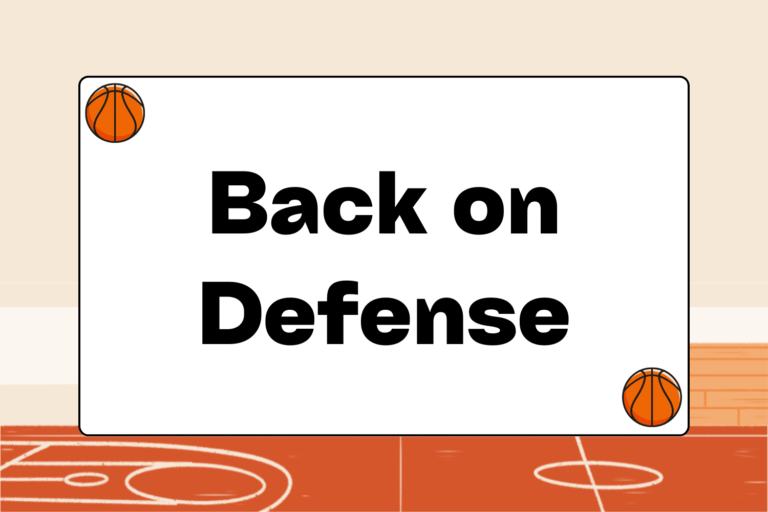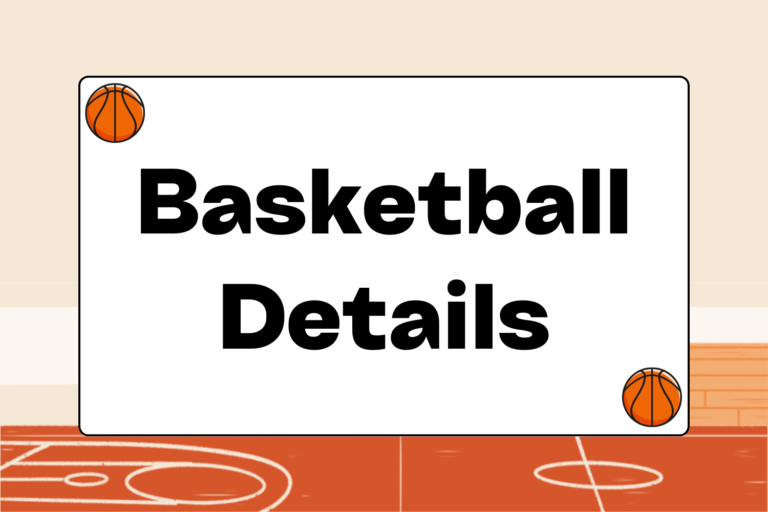In basketball, the strength of the 2-3 zone defense comes from its ability to confuse teams and render many offensive tactics obsolete. It’s most often effective against teams who rarely encounter it, or who don’t practice against it very often. Because it differs so much from a traditional man-to-man defense, it’s important for coaches to go over how to attack the 2-3 zone when the opponent suddenly switches to it. Learn more about how to succeed against the 2-3 zone defense here.
The 2-3 Zone Weak Spots
By utilizing a few offensive fundamentals, the 2-3 zone is not too difficult to score against. These fundamentals include:
- Recognizing the zone defense
- Maintaining effective spacing
- Good ball movement
- Taking advantage of open shots
A skilled team that’s well-coached will be difficult to succeed against, regardless of what defensive formation is used. But knowing how to correctly attack a zone defense will usually force opposing teams to switch defenses pretty quickly.
Recognize the Defense
The first step in beating a zone defense is recognizing when one is being used. Coaches can show the 2-3 look on film a thousand times and call out switches from the sideline during games, but players must be able to recognize the sudden switch to a zone soon after crossing into the other team’s side of the court.
Zones come in many shapes and sizes, including a 1-3-1, a 2-1-2, a box, and a triangle. When the defense is identified, it should be called out — usually by the point guard — and the entire team should respond appropriately based on what was decided in practice.
Ball Movement
The zone defense is most effective when players can remain relatively stationary, with arms extended to deny passing lanes. The key to attacking a 2-3 zone is to get defenders moving around, forcing them out of position. The best way for most teams to do this is with a 3-guard alignment that emphasizes quick passing and ball rotation. Here are a few examples of some attacking maneuvers that will do just that:
- Ball reversal: This gets defenders out of their comfort zone and into chasing offensive players.
- Weak-side flashes: Cuts by offensive players on the opposite side from the ball can find gaps and seams in the defense.
- Dribble into the seams: Penetrating into seams usually draws two defenders and frees up a teammate for a pass.
- Dribble reversal: Quick cuts with the ball can move defenders away from their assigned area of the floor and out of position.
The traditional thought in basketball is that the best way to beat a 2-3 zone is to shoot over it. This does have some truth, though shooting over a zone most easily happens out of clean looks that occur after crisp, purposeful ball movement. Perimeter movement is usually the starting point, but an efficient zone attack gets all players involved.
Get it to the Dead Zone
Beating zone defenses in any sport is about finding gaps in the defense – areas of the defense where defenders aren’t normally positioned. In basketball, the best opportunity to do this is in the middle of the zone, roughly beneath the foul line in the center of the lane.
An offensive big man who can receive a quick pass and make a quick shot, pass, or dribble from this area of the floor is a major threat to zone defenses. This should be priority number one for teams low on guards with ball-handling skills, but high on skilled post players.
Hot Tip: Transition Quickly
A stifling zone defense has a hard time getting set when the offense pushes the ball upcourt at every opportunity. One great option for beating a zone is to not let it get set into a zone defense to start with.
Weak-side Attack
Defensive players in a 2-3 zone are especially vulnerable to cuts into the seams because they tend to focus on just the ball, instead of watching both the ball and their man as they would in a traditional man-to-man defense. Quick ball movement makes it even harder for defenders to see a quick cut into the gap of a zone.
A weak-side attack takes advantage of this weakness by moving the ball around the perimeter, while weak-side offensive players move into the lane to catch a pass; they can also establish position by sealing off defenders.
A typical weak-side attack has the ball rotated to the post player (Player D), who steps out onto the wing to receive the pass. The wing player (Player C) and point guard (Player A) cut toward the basket and through to the opposite side of the floor, while the weak-side wing player (Player B) flashes to the weak-side elbow at the free throw line. This is a dangerous area of the floor, and the wing player can pass, dribble, or shoot from there.
Practice & Confidence
The 2-3 zone is most effective against teams who have never seen it before, so it’s worthwhile for teams to simulate zone defense in scrimmages so they know how to handle them in games. This will keep players from being surprised when one appears, regardless of how often a team encounters it.





